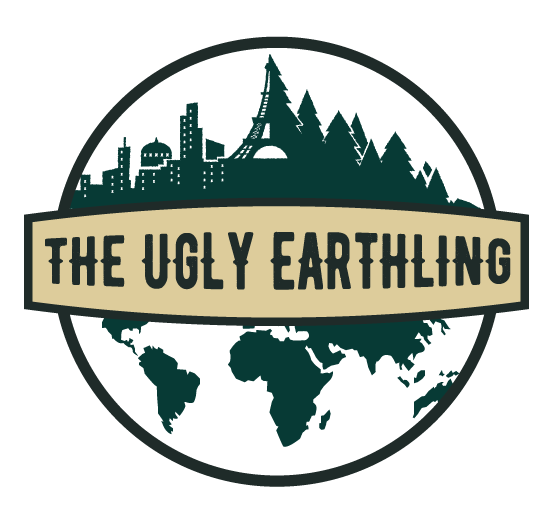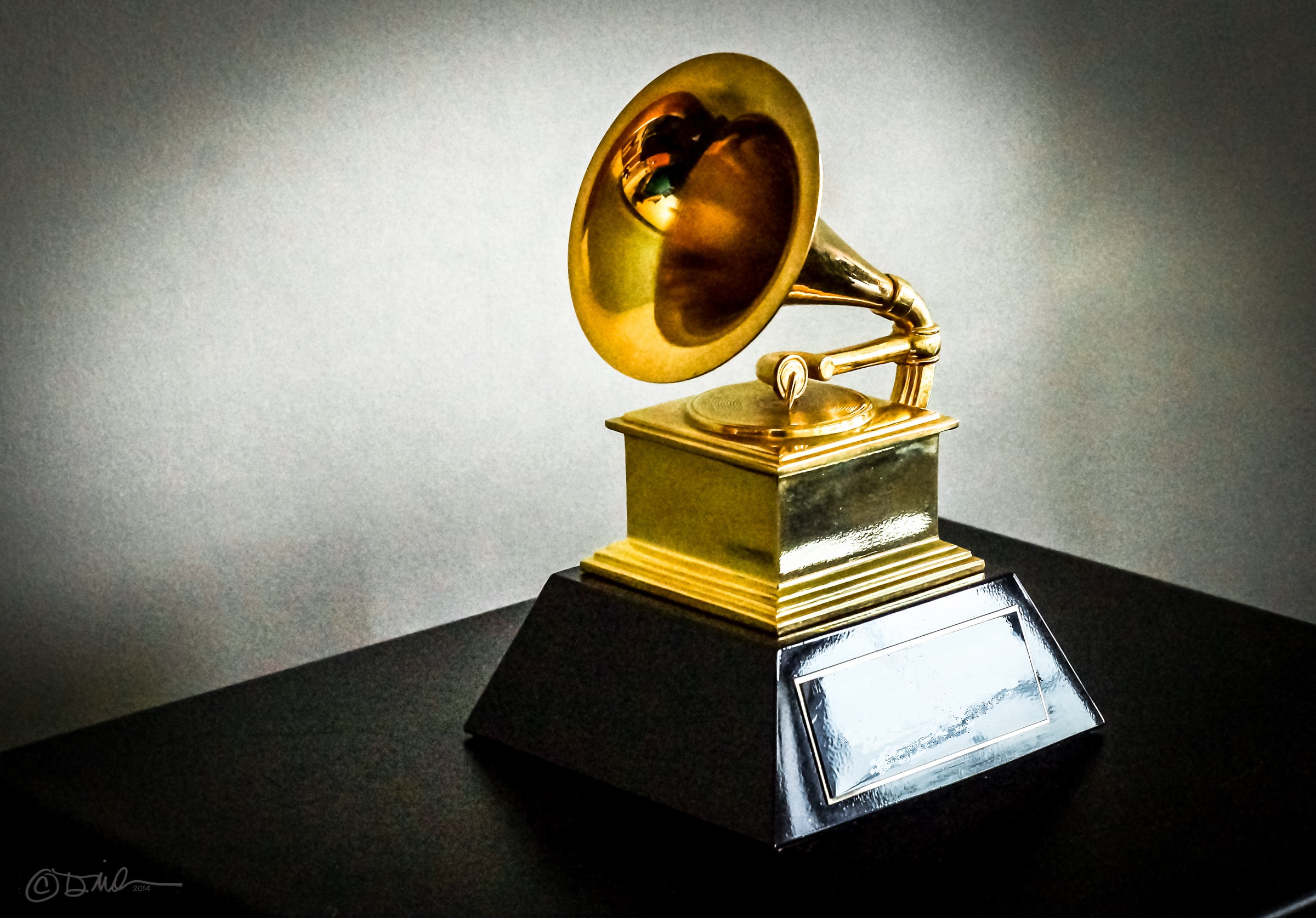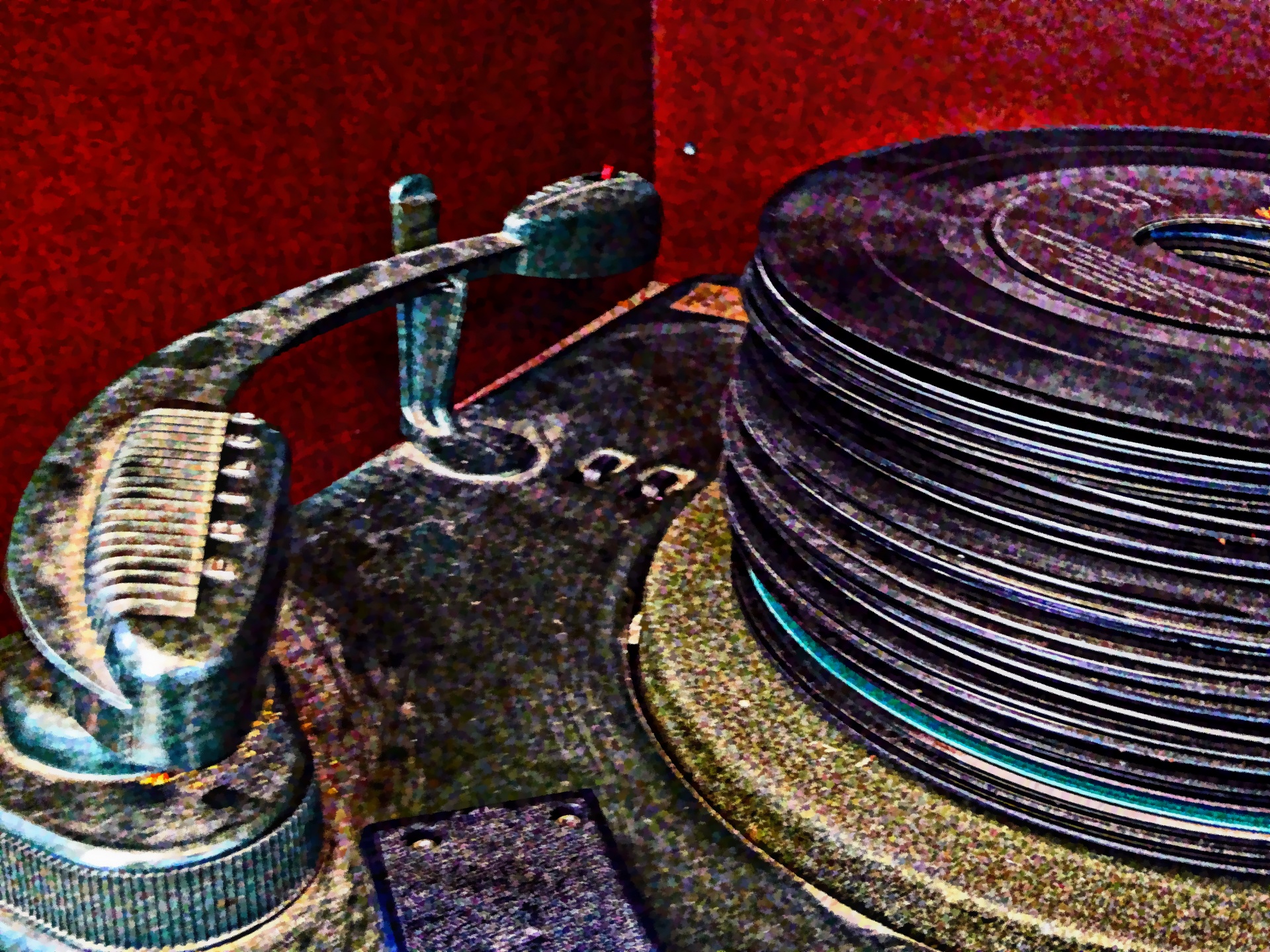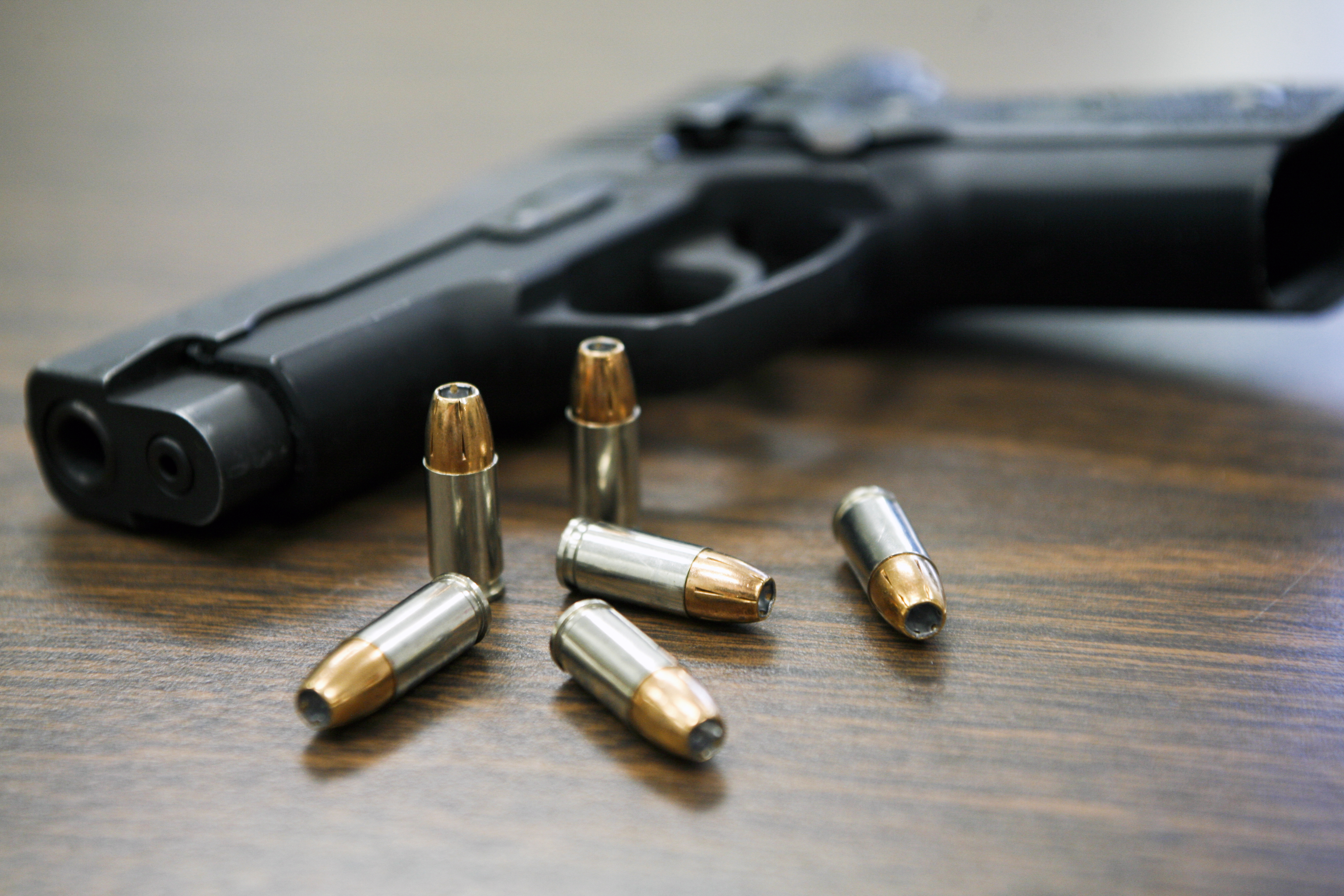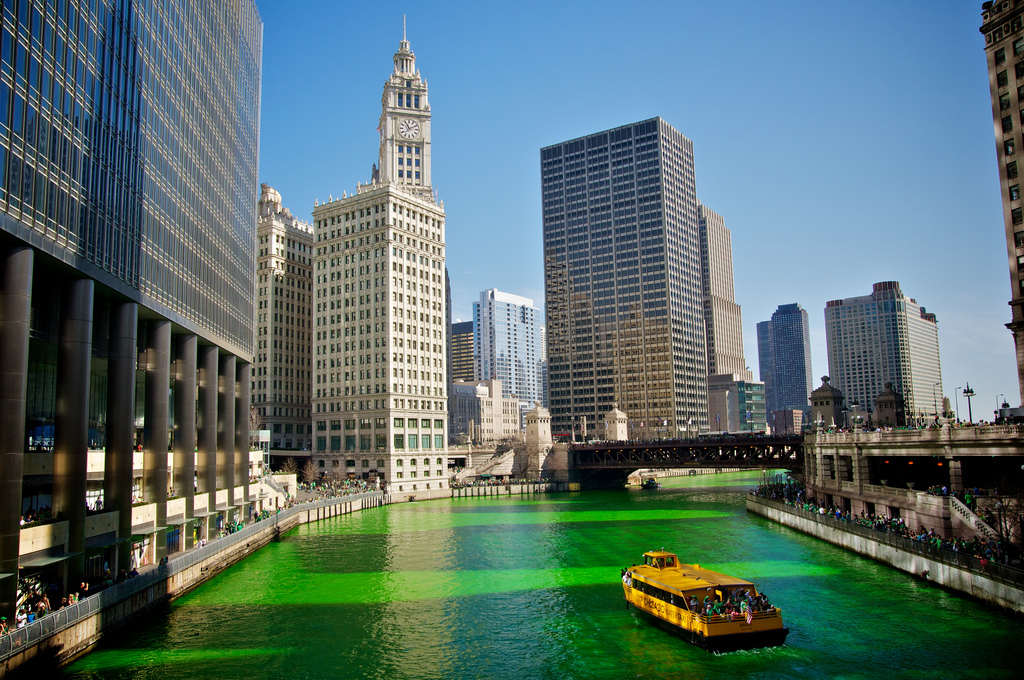
What is St. Patrick’s Day if not just All Green Everything?
I had forgotten that the Saint Patrick’s Day Parade plowed straight up 5th avenue. Increasing numbers of daydrunk teenagers and twentysomethings stumbling past me as I walked East down 50th street should have tipped me off but I had braced myself on the subway for such drunken encounters, so I didn’t think twice.
Saint Patrick’s Cathedral
I saw it before I saw the crowd. Rockefeller Plaza and Radio City dominate the neighborhood’s fanfare and, having never been a tourist here, I was never looking up long enough to notice the beautiful building. This time, looking for it, I was so captivated by the lacy, gothic-looking double spires that if it wasn’t for the blaring of a marching band I might have walked right into the green-clad crowd pressed against the police barricades.
Everyone Was Drunk
Or distracted, wielding camera phones and vying for space. My sobriety clashed with the loud and alcoholic atmosphere. The NYPD officer I asked to let me across the street had me climb over barricades and wait until the Irish Step troupe passed. He seemed to know quite a few people in the parade; he passed out smiles and handshakes in every direction. I was redirected by a redheaded officer away from the front sidewalk and down a barricaded walkway to a side door.
I sidestepped two intoxicated jocks giving me the up-and-down and weaved through gumsnapping goggleeyed tourists, oblivious in the chaos. I held my breath as I stepped through the doorway, expecting, from the looks of the cathedral’s exterior design, to be awed by the interior. But I was quickly disillusioned: the inside is under major construction. Scaffolding setups obscure much of the décor and structure. It smelled strongly like fresh paint. Men in workboots ignored swivel-headed tourists while they worked, like any other day.
I sat in the silence and solitude of the pews, my consciousness still buzzing from the pandemonium of the parade, and thought about Saint Patrick and my sort-of-Irish roots and about rising. How did NYC’s St. Patrick’s Day Parade become about pub crawls and green T-shirts? Don’t get me wrong: I’m not above the fun of it all, but something’s missing.
The NYC Parade
It’s the biggest in the world with at least two million onlookers. It’s four times bigger than the Parade in Dublin, but the Dublin celebration stretches over four days and features art expositions, academic and historical discussions, lectures, tours, performances and more, all celebrating Irish culture, accomplishments, artists, writers, inventors, and ideas.
After centuries of climbing, through oppression, servitude, and stereotypes, from the very bottom of the social ladder, Irish Americans have risen to form a huge (and notorious) percentage of FDNY and NYPD forces, and to become great and honored leaders, like JFK. Over half of Irish immigrants to America were women, which is unusual, and these women were extremely empowered, postponing marriages to pursue professions like nursing and teaching, and raising daughters to do the same.
Passing through the parade in my own city, I was afraid someone was going to vomit on me. In 2015, the parade’s organizers have finally raised the ban on gay organizations enough to allow one group to march. I had to fight my way through drunks to get into Saint Patrick’s namesake cathedral, and when I got there, its inner beauty was too obscured to be recognizable.
In such a time of social unrest and inequality, Irish history—especially Irish-American history—could serve as a valuable beacon for social progress, and for the potential of growth, change, and opportunity. To do that, it’s important to remember and fully honor the strong, deep-rooted culture that St. Patrick’s Day is supposed to commemorate. I’ll still cheers to Irish history, especially in America, and remember what we’re marching for whether I have a green beer or not.
